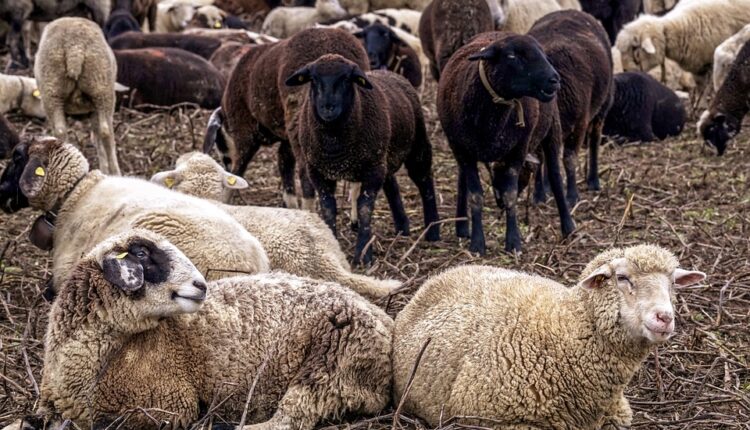Swiss Valais Blacknose Embryos: What You Need To Know
When it comes to breeding swiss valais blacknose embryos, there are a few things you need to know in order to be successful. In this article, we will provide three supporting points that will help you get started. We will also include a long introduction to give you more information about these amazing creatures!
The swiss valais blacknose sheep are a breed of domestic sheep, native to the Valais region in Switzerland. They are bred mainly for their fleece, which is thick and curly but also has coarse outer hairs that protect its soft inner fibers. The breed is well adapted to the cold mountain climate, with an extended winter coat and two layers of wool for extra warmth. They are also known for their striking greyish-black face markings, which give them the name blacknose sheep.
The first step to raising healthy blacknose lambs is to make sure that you have healthy embryos. Blacknose embryos should come from a registered breeder with experience in producing high-quality blacknose lambs. The embryos should be checked for signs of infection and examined by a qualified veterinarian before they are transferred to the surrogate ewe or goat.
Once the embryos have been safely transferred, providing them with an environment that meets their needs while they gestate is important. Blacknose sheep need plenty of room to move around and fresh water and quality feed. They also require access to a protected area that is free from predators and provides relief from the elements such as wind, rain, snow and extreme temperatures.
Raising blacknose sheep is an exciting and rewarding venture but requires careful planning and attention to detail. By selecting the right genetics, using proven embryo transfer methods and providing a safe, nurturing environment for gestation and lambing, you can help ensure that you produce healthy, high-quality blacknose lambs.


Comments are closed.